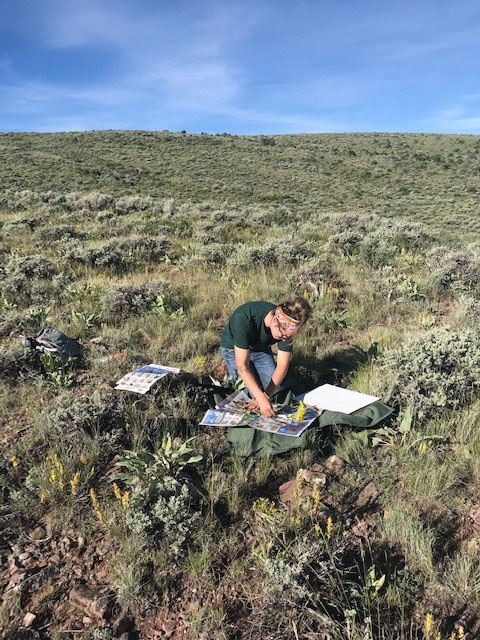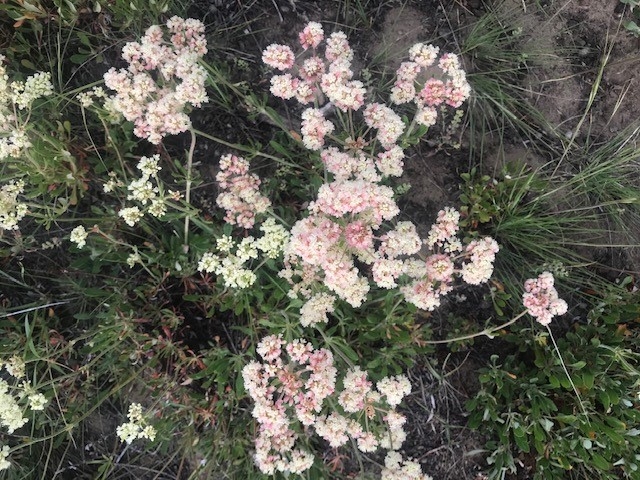Gratitude in the Face of Adversity: Seeds of Success, Part 1

Armed with a stack of maps, a GPS and list of plant species, my colleague Alyssa and I are the first Seeds of Success crew Denver Botanic Gardens has sent to Wyoming. As our field truck creaks and groans in protest while bouncing all around, it’s not difficult to find a more literal meaning in the term “sagebrush sea.” This is an area of the country most people yawn their way through, but we drive slowly and intentionally, in search of plant populations for seed collection.
Seeds of Success is a seed-collection program started by the Bureau of Land Management in 2001. Collected seeds are used in research, restoration and conservation efforts. This season we scouted for 13 species and made 30 collections from 11 of them, which totaled 26 pounds. Knowing the fruits of our labor will be put to good use drives us to work in the wind, rain and snow, but it is not the only thing that personally keeps me going. My favorite part of seed collection is getting to know the plants.
One plant that we spent a good deal of time with summer was Eriogonum umbellatum, a plant that I have worked with and passed by in previous field botany positions. It was always reliably present and pleasantly cheery when encountered but did not care to be sought out. This season though, I learned a great deal about it; its preferred slope to grow on, who its friends are, the beauty in its ever-changing colors and the story of those changes. It also taught me to slow down.

Often, we are on the go, always looking for more populations in more places, trying to ensure we have enough collections. You can plow through a collection quickly and, as one might say, efficiently, but it is a disservice to you and the community you are receiving from. The plants are what provide the opportunity for conservation, restoration and research through their seeds. Those seeds are a testament to their trials, traumas and triumphs. When you are out there, you get an idea of what it might take for flora and fauna to survive. With this in mind, seed collection becomes a bit of a meditation, a way to honor them and their gift.
So yes, it is true that I love how my work contributes to efforts of healing the land but I what I love most are the plants that teach us how to do that. Next time you find your head slowly drooping down as you drive through sagebrush country, maybe pull over, get out of your car and dance with a sagebrush, say “hi” to a blooming friend or “thank you” to a fruiting one.
Add new comment